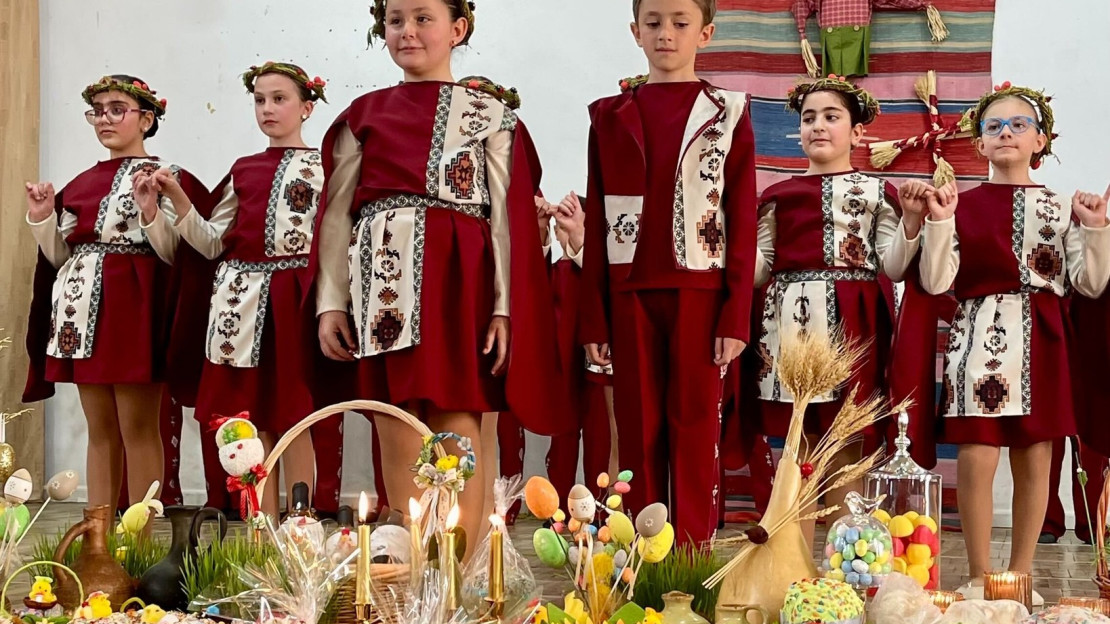
The Nativity and Theophany of Christ (Christmas),
Easter (Holy Resurrection),
Vardavar,
Assumption of the Holy Mother of God,
and the Exaltation of the Holy Cross.
But where does the name Taghavar come from?
In the Old Testament, a significant Jewish feast is described — the Feast of Tabernacles (Sukkot), which was a major autumn harvest celebration. It began on the 15th day of the seventh month and lasted for seven days. During this time, the Jewish people lived in tents or booths (called tabernacles) to commemorate their ancestors’ journey through the desert, and they offered sacrifices and gave thanks to God for the blessings received.
This feast is also mentioned in the New Testament, where Jesus’ teachings during the celebration are noted. The tradition of living in tabernacles (temporary shelters) during this time is the source of the term Taghavar, which over time began to be used for the major feasts in Christian tradition as well — particularly those that commemorate important events in the life and ministry of Christ.
In connection with this theme, two events were organized by the third graders. The festive stage atmosphere included Easter games and performances that illustrated events from Jesus Christ’s entry into Jerusalem to His Resurrection. These now-traditional events aim to familiarize children with the Armenian Church’s customs and the profound meaning of its sacred feasts.